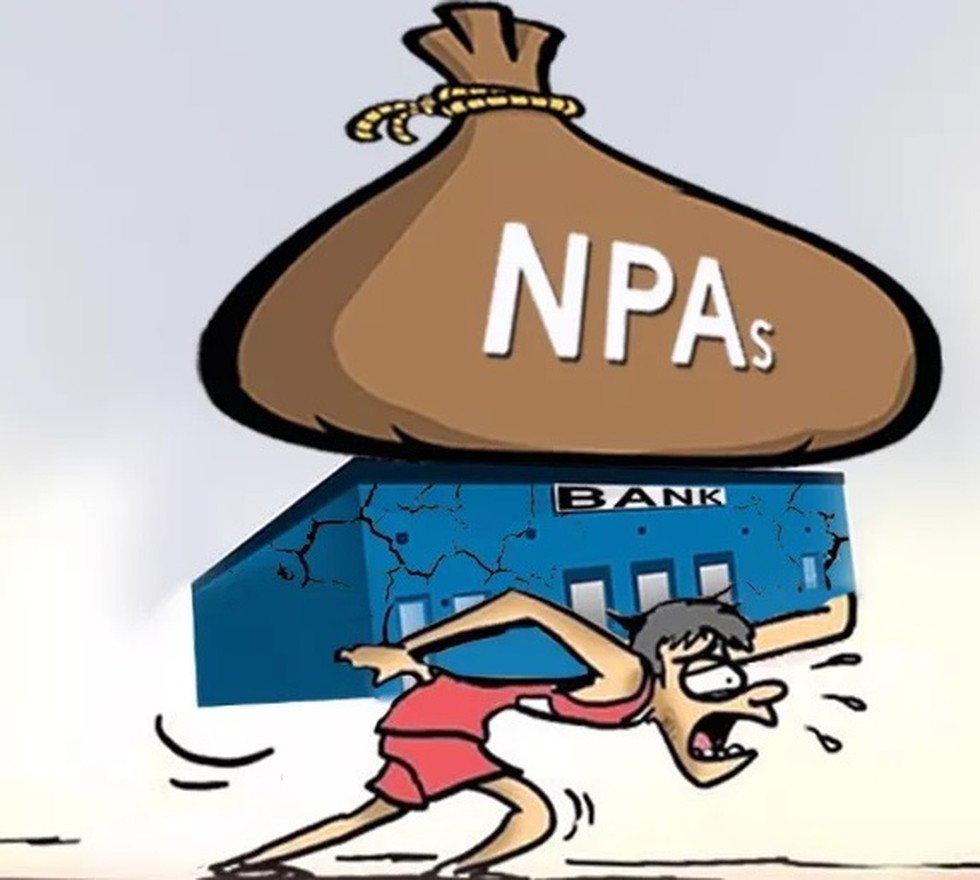ICRA in its latest report has stated that the bad loans of Indian banks may rise considerably and emphatically in the present fiscal year as authorities and the Reserve Bank of India rollback regulatory and monetary assist measures. It has been reported that banks may see gross bad loans rise to 9.6%- 9.7% in the current fiscal ending in March 2021 and 10.2% by financial year 2022.
Although, reportedly, Indian banks had registered a decline in bad loans in the December quarter but the impact of the pandemic-induced disruptions on asset quality will be spread over FY21 and FY22, which consequently will lead to bank NPAs climbing to 9.6-9.7% in FY22.
Banks had seen their gross and net non-performing assets (NPAs) improve in Quarter 3. Despite including pro forma bad loans of about Rs1.3 trillion, gross NPA ratio stood at 8.3% in December compared with 8.6% as on 31 March, 2020.
This decline was largely pushed by mortgage write-offs of Rs 1.1 lakh crore throughout 9 months of the fiscal 12 months ending March 2021. This was also based on the restructuring guidance given by various banks, the overall volume of recast debt is estimated at 1.3-1.5% of the advances, much lower than initial estimates.

Anil Gupta, Sector Head of Financial Sector ratings, ICRA stated that “While the headline asset quality and restructuring numbers are encouraging, these don’t reflect the underlying stress on asset quality of banks,”.
He further added that “The level of loans in overdue categories has increased after upliftment of moratorium and the impact on asset quality will be spread over FY2021 and FY2022 as various interventions and relief measures have prevented a large one-time hit on profitability and capital of banks.”
Despite the impression of Covid-19 pandemic on debt servicing capacity of debtors, the gross recent slippages for banks stood at Rs 1.8 lakh crore in December 2020, in comparison to Rs. 3.6 lakh crore at a similar time, 12 months prior.
As has been reported by the rating agency, this improvement in asset quality has been driven by various relief measures such as moratorium given on loan repayment, standstill imposed on asset classification and liquidity extended to borrowers under guaranteed emergency credit line. However, the agency has warned that, as soon as the impact of these interventions wanes off, the asset quality pressures are likely to resurface.
However, it is to be noted that the net NPA position of the banks is expected to be relatively lower because of significant provisions made by banks on the bad loans. Therefore, with the decline in net NPAs and improved capital position driven by fresh capital raise during FY21 as well as internal accruals buffered by sharp decline in bond yields, the solvency position for the banks stands relatively better offering some consolation to their loss absorption skills.
Gupta stated that “As against our estimates of Tier-I capital Rs. 32800-43100 crore of capital requirements, which factor in Rs 23300 crore of AT-I bonds, where call option is falling due in FY 2022, the government has budgeted equity capital of Rs. 20000 crores for public banks,”. He added that “In case the AT-I markets remain dislocated in near term, the government may need to upsize the recapitalization plan in public banks.”
Reportedly, the public sector banks have up till now have raised Rs.12,000 crore and personal banks have raised Rs. 53600 crore of fairness capital from market sources throughout the fiscal year that passed by. In addition, the federal government additionally infused Rs. 20,000 crores into the general public banks as a part of its budgeted recapitalization for fiscal 12 months 2021.

